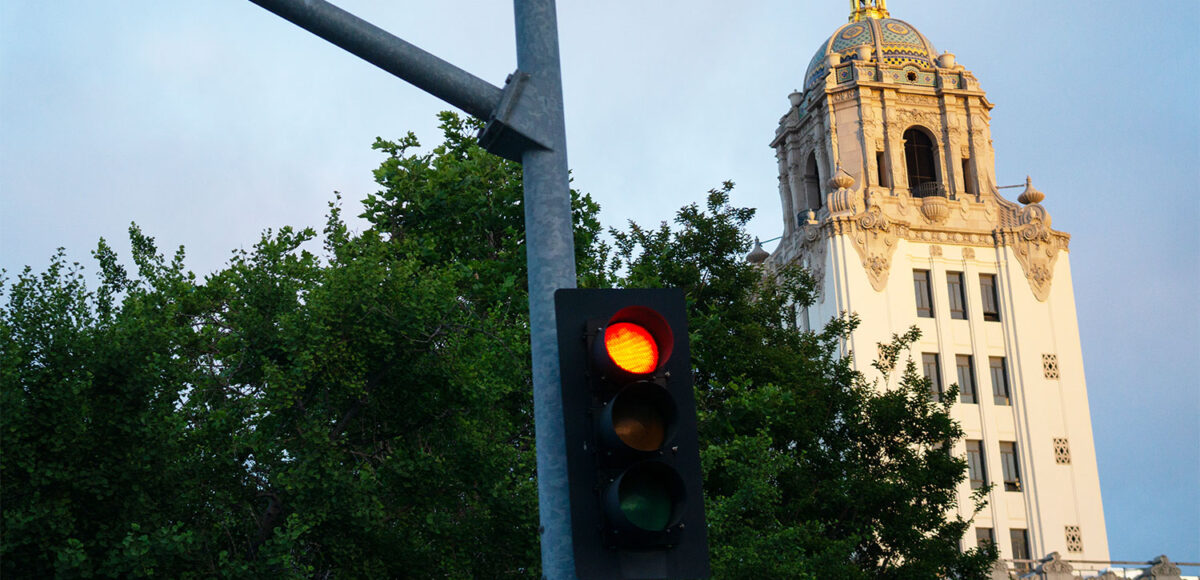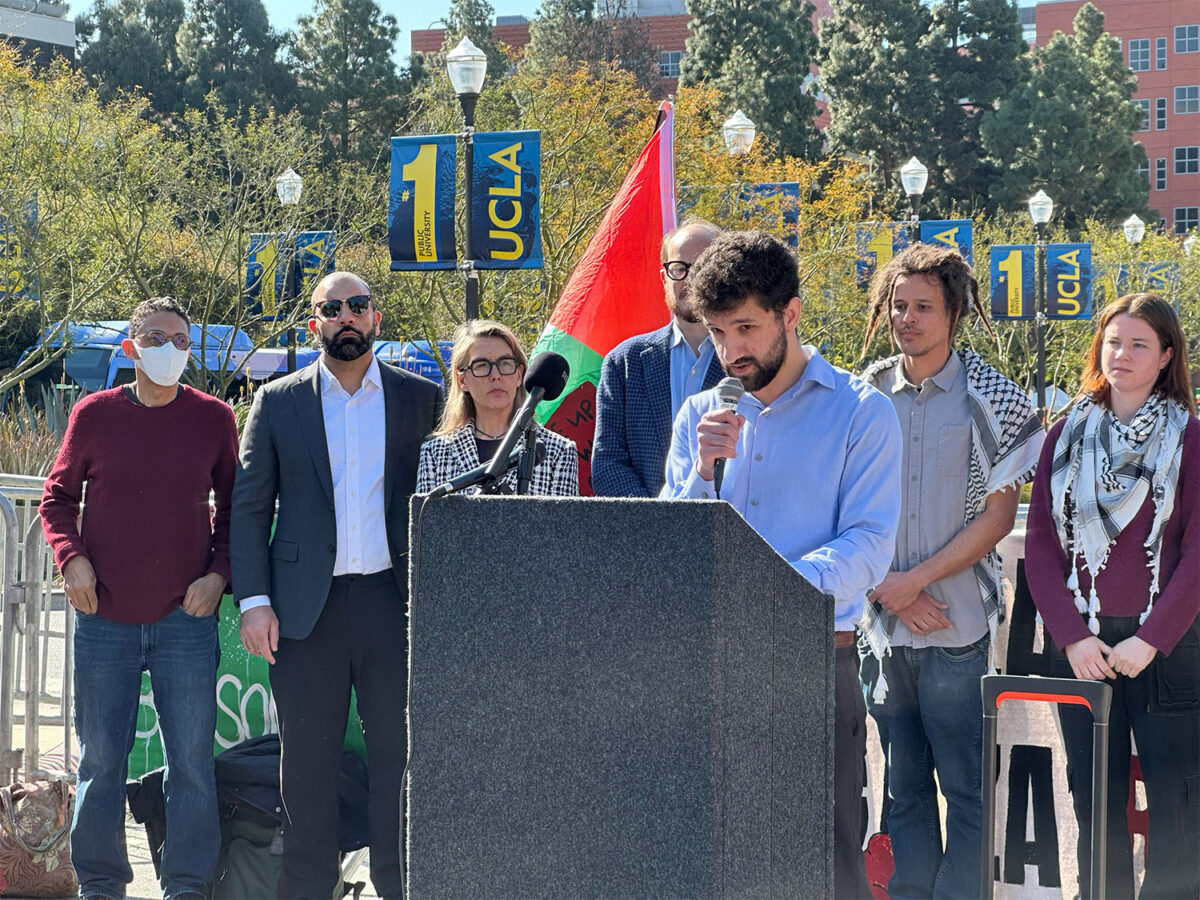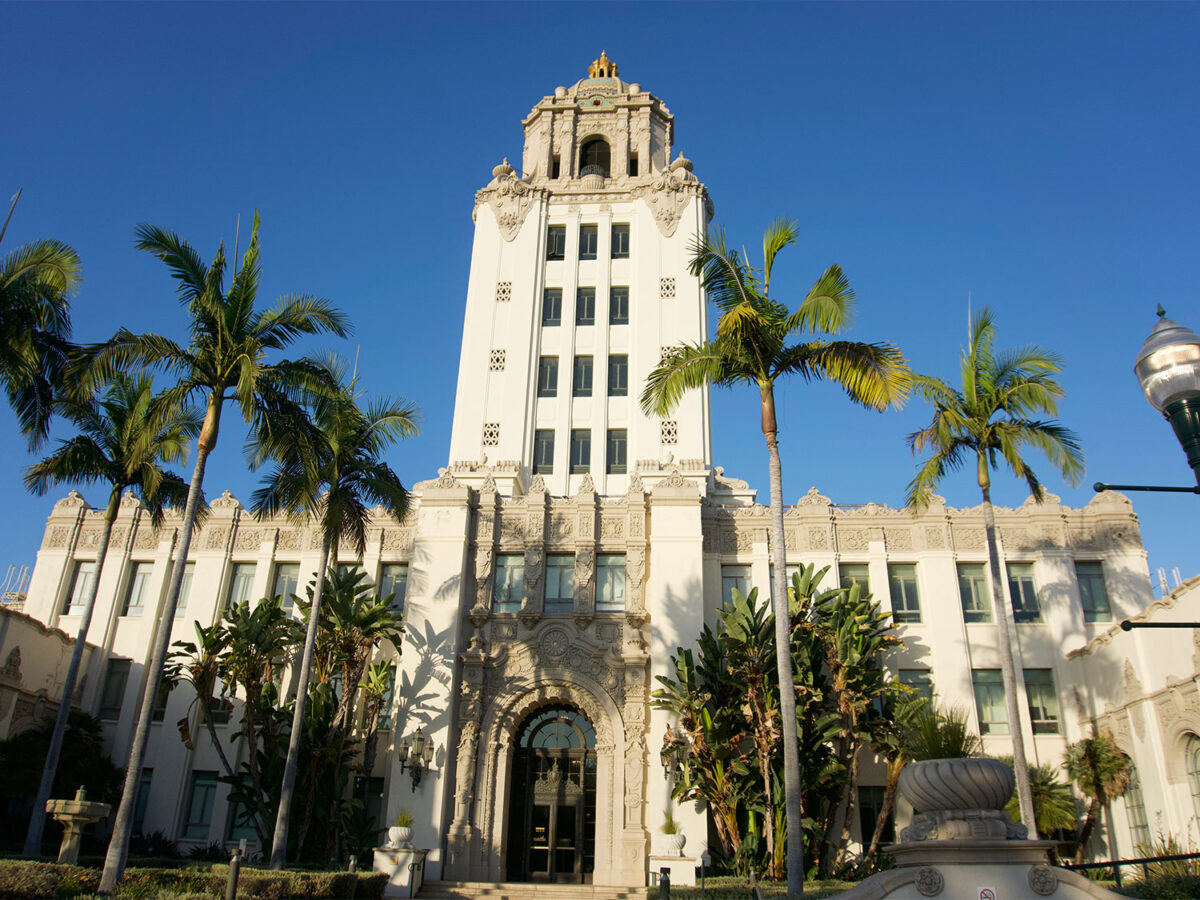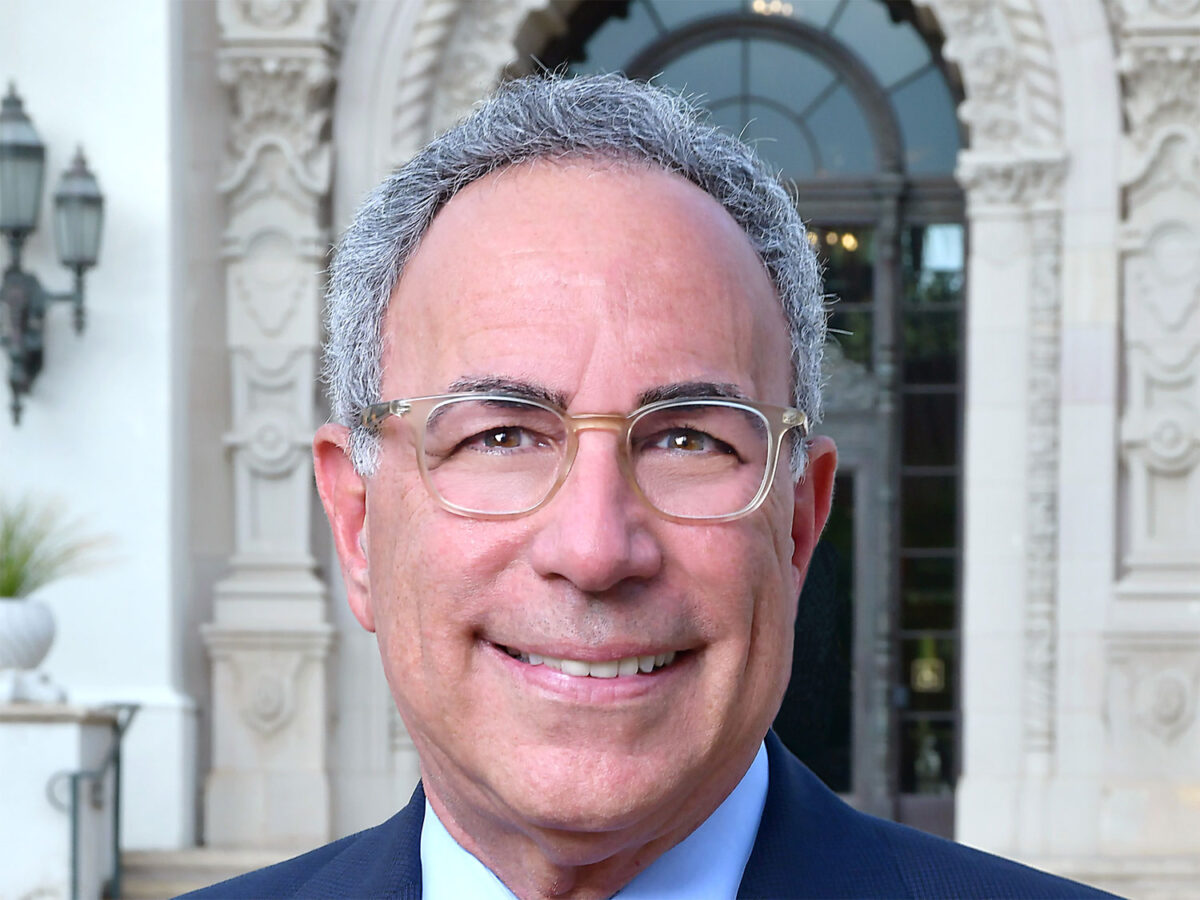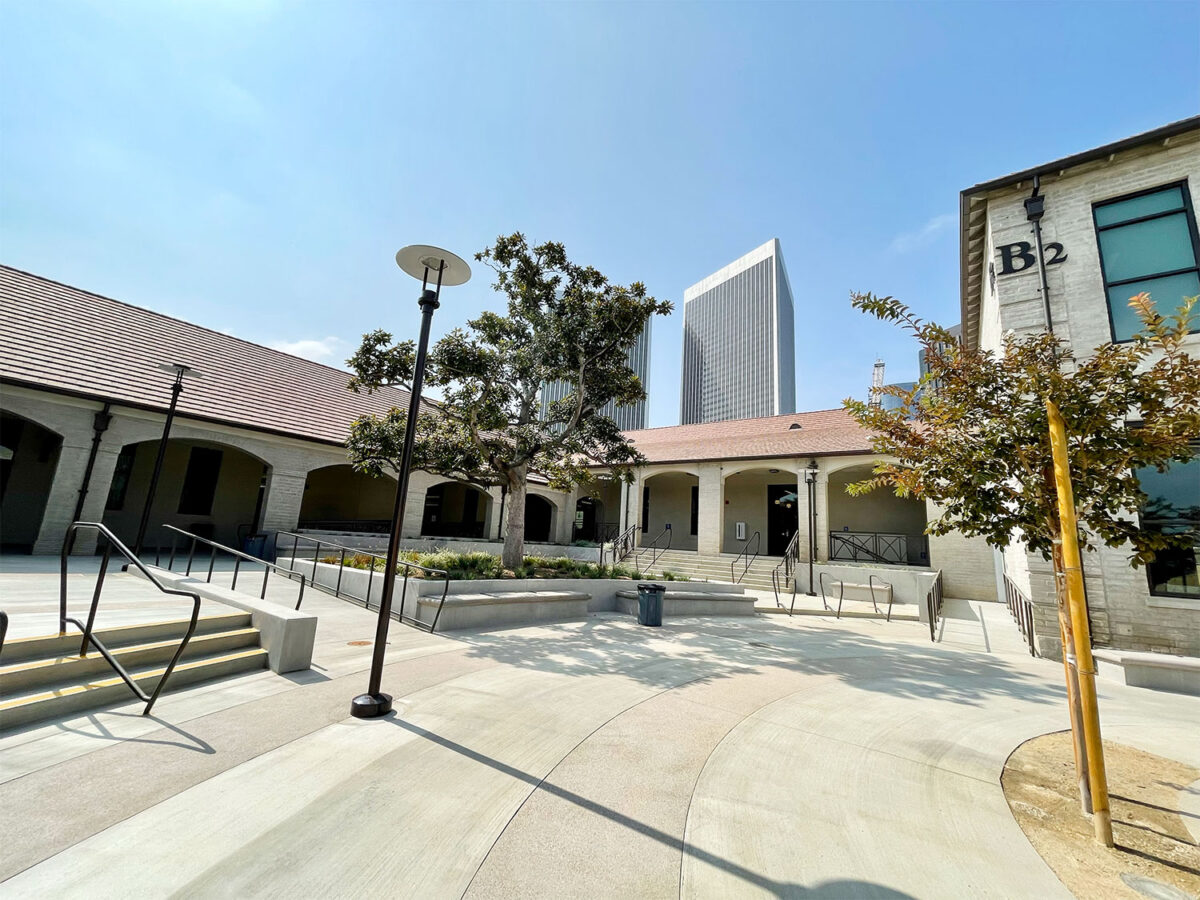Beverly Hills’ plan to become a greener city has taken a step forward. At a meeting of the Beverly Hills City Council Liaison/Public Works Commission Committee, members approved the city’s Climate Action and Adaptation Plan (CAAP). It will go before the full City Council in April.
During the March 26 meeting, city staff presented highlights from the 327-page CAAP. Amanda Grossman, Beverly Hills’ sustainability program administrator, said the city conducted a greenhouse gas inventory in 2019 and found that Beverly Hills generated 417,000 metric tons of emissions. The majority of those emissions came from transportation.
The CAAP proposes strategies for both reducing the city’s carbon footprint and adapting to climate-related changes that are predicted to affect the region.
“We’re seeing the impacts of climate change increase, so this plan addresses that,” said Grossman.
Proposed mitigation strategies, which will allow the city to reduce greenhouse emissions, include renewable energy, the adoption of electric vehicles and reducing indoor and outdoor water use. According to staff, some of those strategies are already being implemented with success, as 97% of the city is using 100% renewable electricity.
However, even with those plans, the Beverly Hills area is expected to see weather-related changes over the next several decades. Those include more frequent extreme heat days, higher temperatures and more variable precipitation.
The CAAP’s proposed adaptation strategies, which would address those impacts, include upgrading aging infrastructure, increasing community participation and awareness in how to prepare for climate change and severe weather and sharpening the emergency responses.
These efforts are intended to “increase the resiliency of the city’s community members, critical facilities and services and infrastructure,” said Grossman.
The CAAP is part of an effort to get the city to carbon neutrality by 2045. As it stands, the CAAP alone would not accomplish that goal. However, Grossman pointed out that it is a “living document.”
“We will update it over time and any amendments will come before council,” she said.
During discussion, Public Works Commissioners Mark Nehoray and Ben Ritterbush both said they saw the plan previously and were happy to move it forward to the full council. Nehoray noted that his only objection was to the plan’s proposal for installing EV charging stations.
“The only objection I have is with respect to EV chargers,” he said. “I think Southern California Edison continues not to pay as much attention as it should, so by having more EV chargers, we are rewarding them with more revenue.”
City Councilmember Craig Corman and City Council Vice Mayor Sharona Nazarian, who were overall in favor of the plan, also flagged community concern about proposed bike lanes.
“There has been a lot of discussion in the community about the bike lanes in particular … and I note that it is one of the higher budget items,” Corman said. “That might be something we’re going to discuss” when the plan goes in front of the full City Council.
Nazarian said she has heard similar conversations.
“I have also gotten a lot of pushback about the bike lanes from the community, and our residents saying that a lot of them are bike lanes that go nowhere,” she said.
The CAAP last went before the full City Council in August 2023. It is expected to go back before the Council in its current iteration on April 22.
In other business, the committee heard an update on the city’s Street Tree Master Plan. Updates were provided on a petition to remove and replace red ironbark eucalyptus trees on Willaman Drive, the continued installation of Mexican fan palm trees on S. Santa Monica Boulevard and the potential replacement of pine trees on Coldwater Canyon with another type of tree.



